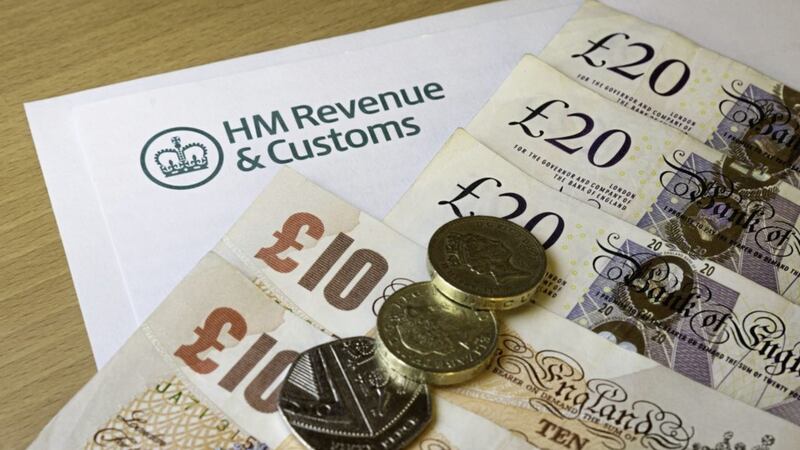QUESTION: We operate a family company and it rents the business premises from two of the directors. The property is being sold as the company is moving to new purpose built facilities. What are the VAT implications on the sale of the property?
ANSWER: Sellers of commercial investment properties can avoid charging VAT at 20 per cent on the sales price if the transaction can be treated as the sale of a letting business or Transfer of a Going Concern (TOGC). Buyers get a cash flow advantage (they do not have to pay the VAT and then deal with obtaining a refund from HMRC) and the SDLT payable is lower. Where VAT is charged in addition to the agreed price, SDLT would be due on this gross amount.
However, it is important to ensure that all processes are correctly applied if a property sale is to be treated as a TOGC. HMRC has recently set up a task force specifically targeting the sale of commercial investment property treated as a TOGC. It appears to be focusing on the date on which the purchaser of the property has opted to tax and notified HMRC of this in writing. To meet the TOGC conditions, both of these actions need be undertaken before the date of completion of the sale.
When a transfer of investment property does not meet all the TOGC conditions VAT has to be charged by the vendor, and is payable by the vendor to HMRC.
We have actually seen instances where HMRC has monitored property sales, picked up the fact that the purchaser has not opted to tax and notified this before the date that the sale completed, and has issued VAT assessments to the vendor. The vendor is liable to pay the VAT due, then has to seek to recover it from the purchaser.
Contracts for the sale and purchase should require the purchaser to opt to tax and notify HMRC prior to the date of completion. They should also ensure that the vendor has the right to charge VAT, in addition to the agreed selling price, if the purchaser fails to complete these actions.
In practice, it may not be easy to enforce these clauses after the transfer has completed, especially if the purchaser no longer exists or is insolvent. We therefore recommend that any purchaser should be required to provide documentary evidence of the Option to Tax and Notification to HMRC (and receipt of same by HMRC), prior to the date of completion of the purchase, to protect the vendor.
Everyone involved in property transactions, whether you are the buyer or the seller, should always take expert advice to endure the correct VAT and SDLT amounts are applied on the property.
There are too many horror stories where HMRC have issued assessments to the seller who has to try and re-coup the VAT from the purchaser after the transaction has taken place.
:: Malachy McLernon (m.mclernon@pkffpm.com) is a director of PKF-FPM (www.pkffpm. com). The advice in this column is specific to the facts surrounding the question posed. Neither The Irish News nor the contributors accept any liability for any direct or indirect loss arising from any reliance placed on replies.








